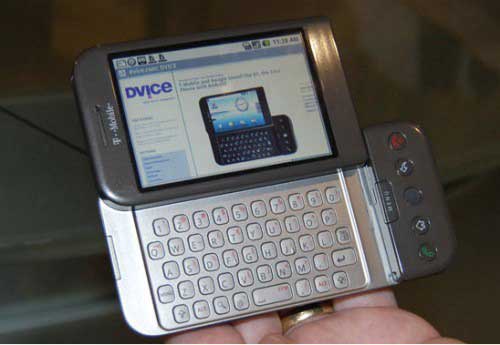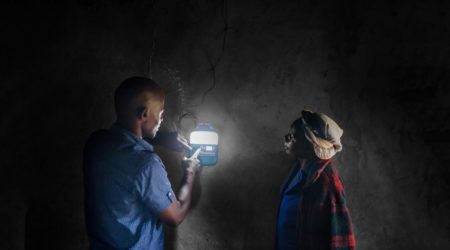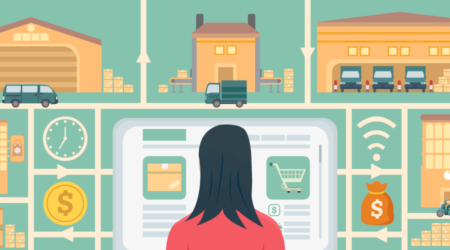Tuning Into Shops with Sensors
Finbots for Shopkeepers Series #2

What is the one thing small shopkeepers and professional hackers have in common? They don’t leave any digital traces. While that may be good for hackers, small retailers suffer from the lack of recorded data about themselves and their business. They are less productive with analog processes and have a harder time convincing lenders to give them business loans. Luckily, smartphones and their native sensors are changing the digital game for microentrepreneurs. Smartphone sensors are the first part of the formula for Finbot-fueled growth.
Imagine Rosita, your corner shopkeeper in Mexico City, just bought her first Android phone. At $50–100 USD, this is an investment she can afford. She set up a WhatsApp account and started using Google Voice to dictate messages to her family and friends. When she opens her shop for business, she’ll be carrying her business’ first supercomputer in her pocket. Her smartphone can start collecting data and literally put her business on the map.
Sensors to Make Sense
There are a few types of sensors in her phone and the data they generate can help her to understand her business:
- Touchscreen — This sensor defines the smartphone revolution. Rosita can register transactions like store credit to her loyal customers, record cash balances in her till, specify monthly expenses, sign agreements, and even complete surveys, thereby yielding highly structured and valuable data.
- Microphone — This sensor allows Rosita to transition from voice calls to voice-to-text. Now, she can use dictation to register her conversations with clients and suppliers, monitor the levels of noise and music in the shop, and record notes to herself. She can push out messages to her customers about digital promotions or delivery services with minimal effort.
- Camera — This feature is the queen of sensors, unmatched in the volume of data it captures. Rosita can automatically take pictures of customers, digitize supplier receipts, scan product barcodes, zoom into the promotional material from different suppliers, and capture the layout of aisles, refrigerators, and shelf arrangements. She can upload several megabytes of raw data everyday with little effort.
- Location — This sensor captures several important coordinates, such as the store’s or shopkeeper’s location. As she carries her phone, GPS can record Rosita’s trips to suppliers, and the location of delivery trucks or local competitors.
- Accelerometer, Gyroscope, Compass — These passive sensors capture multi-dimensional movement. Rosita can map the layout of the store and track her movement around the shop as she sets up and arranges items.
- Biometrics — This sensor authenticates identity via fingerprint or iris scans. Rosita can safely unlock her smartphone using her finger or the camera can read her iris.
Temperature and Hygrometer — These sensors track environmental conditions. Rosita can monitor temperature and humidity at any point in the shop, for example in the refrigerators. - Light Sensor — This sensor captures ambient lighting. Rosita could create a light map of the business.
The Cost-Benefit of Data
With these sensors, Rosita can capture data about each of the main activities of her business. The level of effort is negligible for passive sensors like a microphone or thermometer and taking pictures is a snap. Tracking transactions with the touchscreen is laborious so value Rosia gets from the information would need to compensate for her level of effort.The smartphone would have to help Rosita create useful information and make sense of it in order to help her make good choices.
Creating sufficient incentives for users to collect a big pile of raw, messy and unstructured data is only the first step of the journey. To move from data collection to making sense of data, Rosita needs Artificial Intelligence — the second part of the formula and the subject of our next post. Stay tuned!



